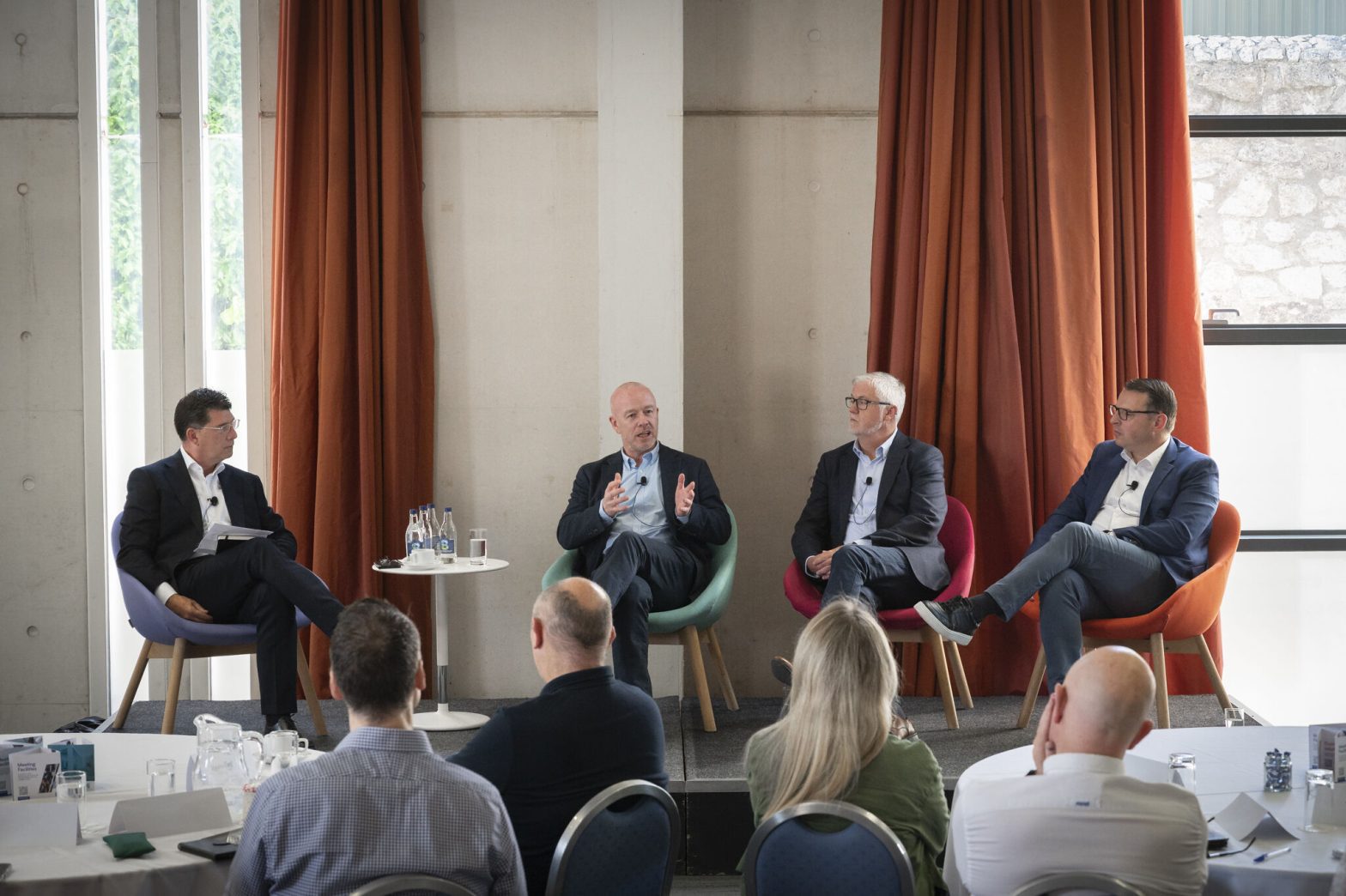The 3 Key Facets of Leadership Presence with Paula Mullin
By IMI | 30th October 2024
In our recent IMI Mini-Masterclass hosted by Paula Mullin, we explored the the importance of creating compassion and connection as a leader. Paula emphasised the significance of leadership presence and its impact on inspiring, engaging, aligning, and motivating others. Paula gave an insight into key concepts like the dimensions of leadership presence: character, substance, and style. In particular, she explored the facets of humility, concern, and resonance, which foster connection and compassion within leadership.
The first importance facet of leadership presence is humility. Humility serves as a cornerstone of leadership presence. It goes beyond measuring whether leaders are humble or not; rather, it centres on their comfort with not having all the answers, and their willingness to let others shine. Leaders who exhibit humility demonstrate an awareness of their own strengths and weaknesses, acknowledging that all individuals possess inherent worth. Nelson Mandela is often cited as an exemplary global leader who embodied humility by shattering the myth of his superiority and recognising that he was only in his unique position due to the contributions of his colleagues and comrades. Overcoming barriers to humility, such as a strong action bias, being caught up in personal energy, and the fear of relinquishing control, allows leaders to create an environment that encourages collaboration, vulnerability, and empowerment.
The second facet that Paula explored was concern. Concern encompasses the act of caring for others and demonstrating it through leadership behaviour. Building a feedback culture within organisations is crucial for fostering trust and compassion. Brene Brown’s words, “Clear is kind, unclear is unkind,” highlight the importance of honest conversations that challenge individuals directly while caring for them personally. By striking the delicate balance between caring and challenging, leaders establish an atmosphere of radical candour, avoiding ruinous empathy, obnoxious aggression, or manipulative insincerity. Communicating with concern involves sharing feedback, encouraging self-trust and growth, actively listening, and showing genuine interest in people’s perspectives and well-being.
Self-compassion forms the foundation for extending compassion to others. It involves cultivating mindful awareness, recognising our shared humanity, and embracing kindness towards ourselves, in our actions and thoughts. By treating ourselves with the same compassion and understanding we offer to friends facing challenging situations, we create a connection with our own well-being. Practicing self-compassion allows leaders to nurture their emotional resilience and promotes a healthy work environment centred on empathy and understanding.
Resonance was the final facet that Paula explored. Resonance surpasses mere empathy and encompasses actively choosing to be present for others. Leaders high in resonance engage in active listening, adopt a coaching approach, and acknowledge emotions and non-verbal cues. By noticing and acknowledging these subtle cues, leaders foster deeper connections and create an inclusive environment. Developing resonance requires utilising the “head, heart, hands” tool, which involves encouraging open discussions of thoughts and feelings, thereby nurturing collaboration and a shared sense of purpose. Mindful presence, adopting a coaching style of leadership, and being attuned to the emotional well-being of individuals within the organisation all contribute to the development of resonance.
Creating compassion and connection as a leader requires nurturing humility, concern, and resonance within oneself and the organisation. Leaders who embrace humility are open to vulnerability, empower others, and foster collaboration. Expressing concern through honest conversations, feedback, and genuine interest builds trust and empathy within teams. Additionally, cultivating self-compassion lays the groundwork for extending compassion to others. Finally, developing resonance allows leaders to truly connect with their team members, acknowledge their emotions, and create an inclusive and empowering work environment. By integrating these qualities into their leadership approach, individuals can cultivate an environment of compassion and connection, inspiring and engaging those around them to reach new heights of success.
—
IMI Corporate Members get access to regular in-person and virtual events. Find out more about IMI membership.
—
FAQ
What role does humility play in enhancing leadership presence, and how can leaders cultivate this quality within themselves?
Humility is essential for leadership presence, as it encourages leaders to acknowledge their strengths and weaknesses and allow others to shine. Leaders can cultivate humility by embracing vulnerability, overcoming personal biases, and recognizing the contributions of their team members, thereby fostering collaboration and empowerment.
How can leaders effectively communicate concern to build a feedback culture that promotes trust and compassion within their teams?
Leaders can foster a culture of trust by engaging in honest conversations that balance care and challenge. By practicing radical candour, offering constructive feedback, and actively listening to team members, leaders can demonstrate genuine concern for their employees’ well-being and development, ultimately enhancing team dynamics and morale.
In what ways can developing resonance enhance a leader’s ability to connect with their team and create an inclusive work environment?
Resonance goes beyond empathy and involves actively being present for others. Leaders can develop resonance by practicing active listening, acknowledging emotions, and utilizing tools like the “head, heart, hands” approach to foster open discussions. This deepens connections, promotes collaboration, and creates an inclusive environment where all team members feel valued and understood.



